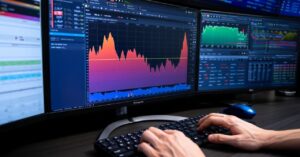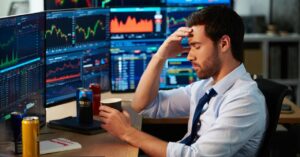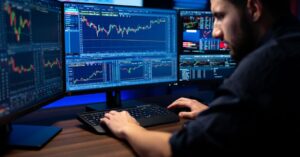I still remember the confusion I felt when I first started my forex trading journey. The charts were overwhelming, the terminology was unfamiliar, and the countless strategies left me unsure where to begin. But everything changed when I discovered the right books that was when I realized one of the fastest ways to learn is by building a solid foundation of knowledge.
If you’re also looking for a clear direction, choosing the best book for day trading and forex can save you a great deal of time, money, and avoidable mistakes. In this article, I’ll share the most valuable books that once helped me and thousands of other traders become more confident in the financial markets.
Key takeaways:
- Books offer one of the most efficient ways to learn forex and day trading by providing structured, in-depth knowledge.
- Beginners should start with accessible titles like Currency Trading for Dummies and A Beginner’s Guide to Day Trading Online.
- Intermediate and advanced traders can benefit from strategy-heavy books like Day Trading and Swing Trading the Currency Market and High-Frequency Trading Strategies.
- Psychological readiness is equally important. The Definitive Guide to Mastering the Psychology of Trading offers insights on trading discipline and mindset.
- If you're looking to build a side income, books such as How To Make a Living Trading Foreign Exchange and How to Day Trade for a Living focus on practical, income-generating strategies.
- Inspirational reads like Market Wizards provide valuable lessons from successful traders across different markets.
1. What is day trading?
Day trading is a style of trading in which you buy and sell financial instruments, like currencies or stocks, on the same day. The purpose is to earn profits from the quick price changes in the market. In contrast to long-term investing, day traders do not hold their positions overnight. They open and close trades in minutes or hours instead.
Many people use the forex or stock markets for day trading because of their high activity. To be successful, you’ll need sharp decision-making skills, reliable tools, and the right knowledge. That is why reading good forex trading books is so helpful.
2. Best trading books for beginners
There are many options for the best book for day trading and forex, but only a few truly explain things correctly for beginners. Good forex trading books for beginners help you understand the basics and avoid costly mistakes before risking real money. These trade forex books are perfect for new traders to learn and master the basics without hassle.
"Currency Trading for Dummies"
- By Paul Mladjenovic, Brian Dolan, & Kathleen Brooks -
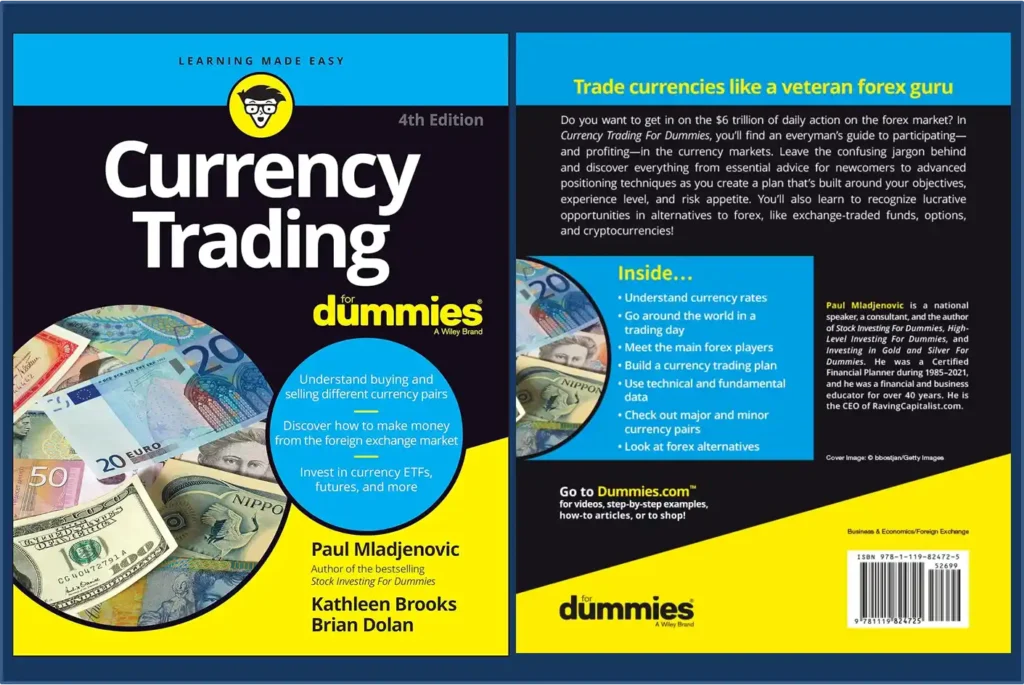
"Currency Trading for Dummies" is written in a casual, no-jargon style. The book breaks down complex forex issues into simple language that anyone can understand. It covers the basics of the forex market, explains how currencies are traded in the forex market, and useful advice for starting traders.
You will also learn risk management, market analysis, and trading tools. It's one of the best currency trading books that feels more like a helpful conversation than a complicated textbook.
However, I found that this book may not be suitable for those who already have a basic foundation in finance or trading.
Since most of the content is presented at an introductory level, it may lack the depth needed for readers looking to explore advanced strategies or more complex analytical techniques. If you're seeking in-depth knowledge, you might want to consider the titles in the next section.
"A Beginner’s Guide to Day Trading Online"
- By Toni Turner -
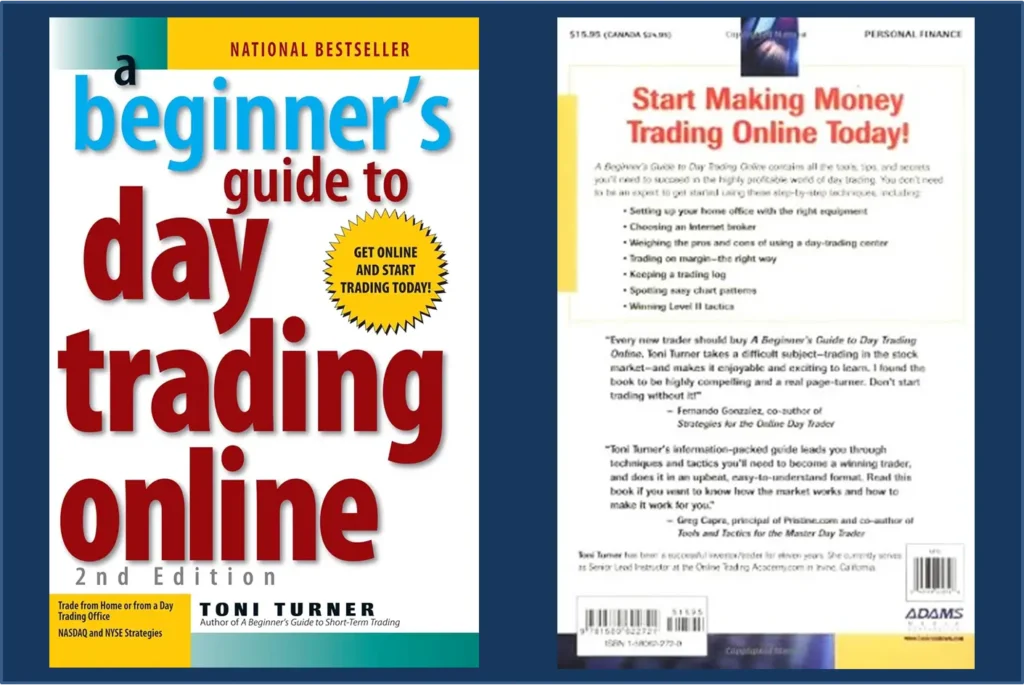
If you are curious about how day trading works, “A Beginner's Guide to Day Trading Online” will be perfect. The book takes readers through everything from opening your first trading account to interpreting charts and making trades.
It explains how day traders make quick decisions, keep risks under control, and remain disciplined in a rapid-paced marketplace. This book fx trading book stands out for sharing actual tips and common mistakes from real-world experience.
However, I noticed that the book mainly focuses on the U.S. stock market rather than the global forex market. This might make some examples and guidelines less applicable to the context of international currency trading.
Therefore, if you're specifically looking to learn about forex trading, it's advisable to supplement your reading with books that specialize in this area.
"Forex Trading: The Basics Explained in Simple Terms"
- By Jim Brown -
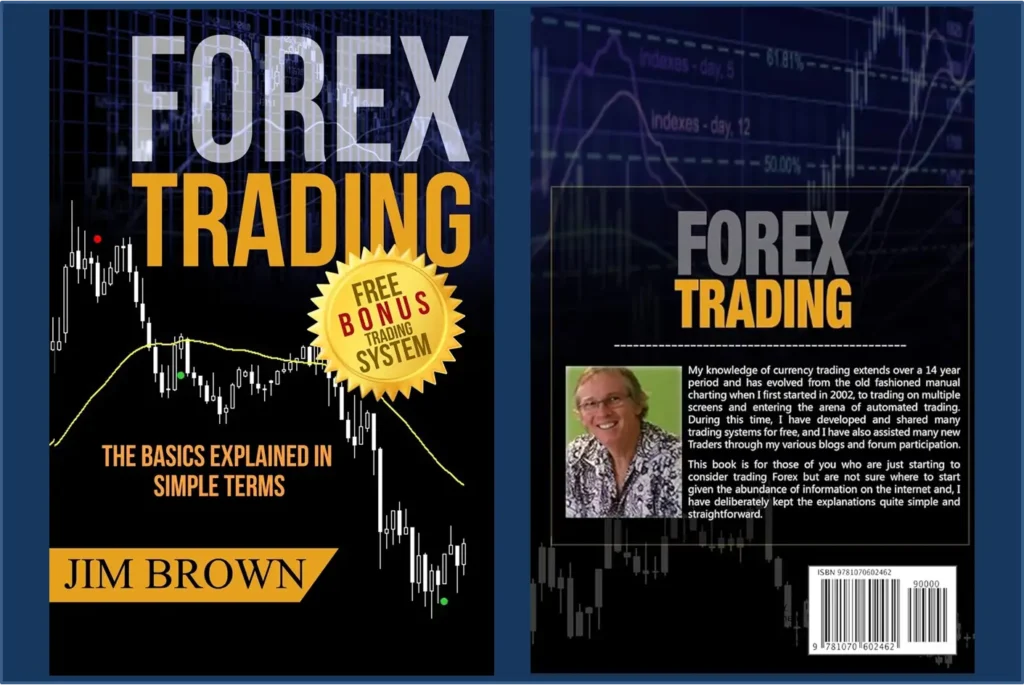
“Forex Trading: The Basics Explained in Simple Terms” is a perfect pick for self-taught investors. You’ll learn about definitions of forex, how the forex market works, what currency pairs are, and how to read basic charts.
It also covers trading strategies, trading psychology, places to trade currencies, and tips for choosing a good broker. This is one of the best currency trading books for beginners, offering clear advice without overwhelming readers.
I found the author's writing style to be quite concise and not very in-depth when it comes to each concept. For those who prefer a more analytical approach or need detailed explanations of each trading tool, this book might feel a bit too basic.
Additionally, readers with hands-on trading experience may find the content doesn't offer much that is new.
3. Best trading books for intermediate & advanced traders
Once you’ve mastered the basics, it’s time to level up your skills with top forex trading books for experienced traders. Let’s start with one of the best forex trading books out there.
"Day Trading and Swing Trading the Currency Market"
- By Kathy Lien -
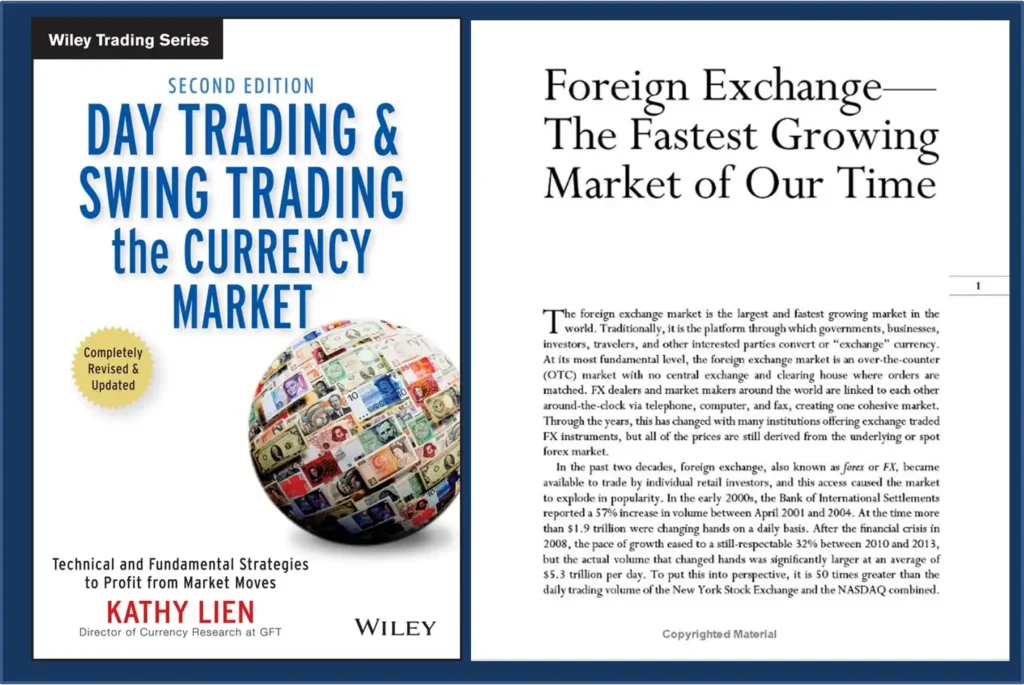
“Day Trading and Swing Trading the Currency Market” is one of the best books on currency markets, written by renowned currency analyst Kathy Lien. She points out how the economic news, central bank interventions, and worldwide events can affect currency prices.
She also explains clever technical methods, such as breakout trading and swing trading. The best part is that Kathy Lien mixes real-world examples with both technical and fundamental tools you can use.
If you're not yet confident with monetary policies or fundamental analysis, it's best to read slowly and adjust your learning pace accordingly.
"Japanese Candlestick Charting Techniques"
- By Steve Nison -
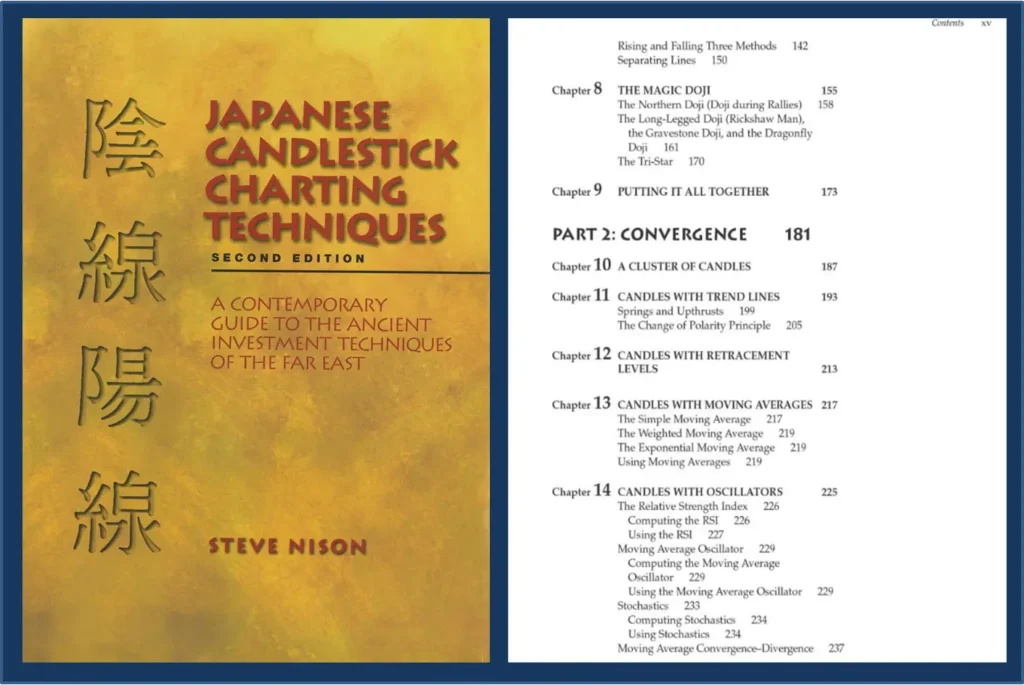
"Japanese Candlestick Charting Techniques" is widely used and recommended by forex traders. This classic forex trading textbook introduces traders to the powerful world of candlestick patterns.
Nison carefully explains how these patterns work, what they mean, and how to spot them in live market charts. He also explains how to apply candlestick charts to futures, equities, or speculation. Therefore, this book is a timeless guide that should be on every forex trader’s bookshelf.
Although it's considered a classic, I believe some parts of the book lack real-world examples with up-to-date data. Since it was published quite a while ago, readers who prefer modern trading tools or digital platforms might find the content somewhat outdated.
This is why it’s best to use it as a foundational resource, then supplement it with more current materials.
"High-Frequency Trading Strategies"
- By Irene Aldridge -
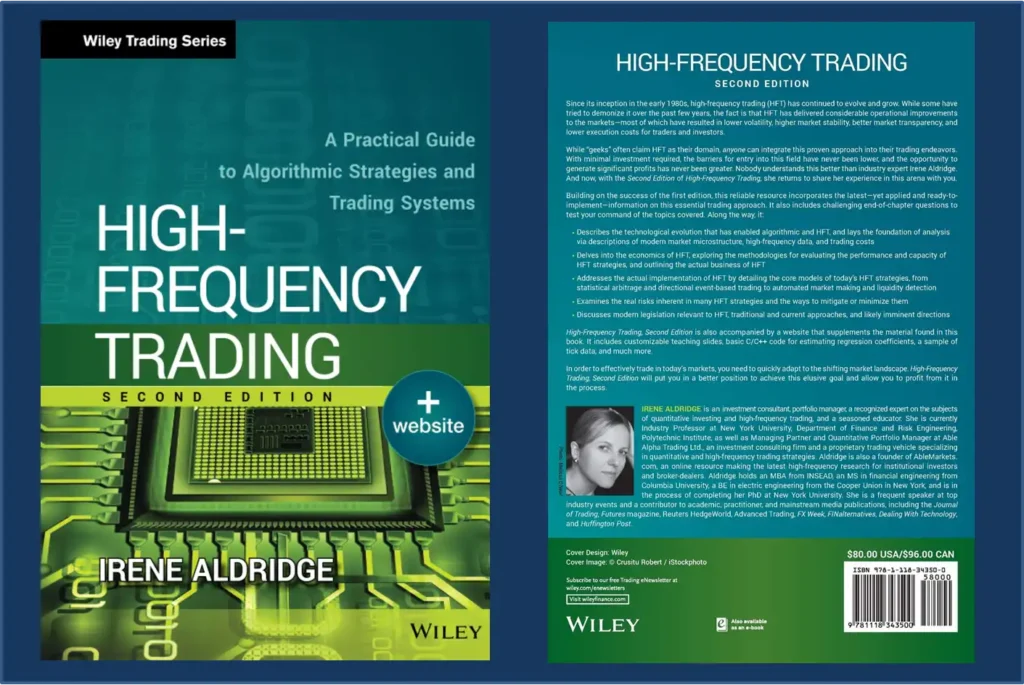
"High-Frequency Trading Strategies" will pull you into the algorithmic trading world. The book is perfect for anyone who wants to know how machines and automated systems now shape the markets.
Aldridge explains high-frequency trading (HFT) concepts like data analysis, algorithm design, and strategy optimization clearly and simply. What distinguishes it from foreign exchange trading books is its clear intention to take difficult, technology-heavy concepts and make them into practical trading tools.
I found that some sections require a high level of technical knowledge, which could leave readers feeling 'lost' if they’re unfamiliar with quantitative tools. If you’re coming into trading from a non-technical background, it’s worth considering carefully before choosing this book.
“The Definitive Guide to Mastering the Psychology of Trading”
- By Mark Douglas -
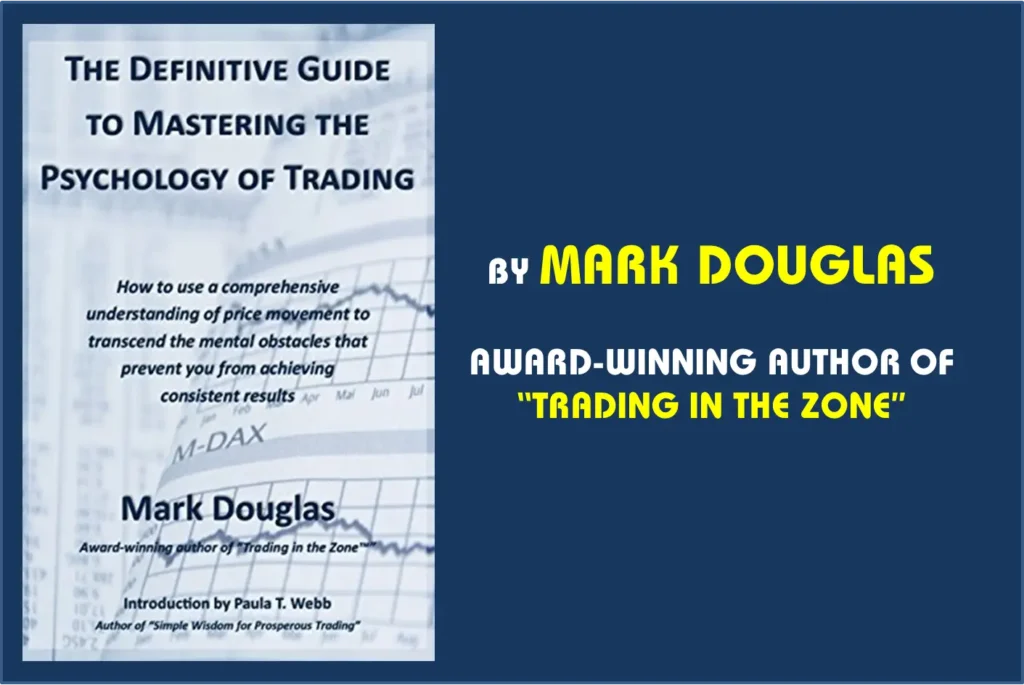
"The Definitive Guide to Mastering the Psychology of Trading" is a must-read for those who are struggling with confidence in trading. This one stands out among the top Forex books because it focuses on mindset rather than charts and numbers. Mark Douglas explains how emotions like fear and greed can lead you to poor decisions.
He also shows you how to develop emotional discipline to have consistent profits. You will learn how successful traders stay calm under pressure through real examples and simple exercises.
However, I found that the book doesn't delve into specific trading strategies. If you're looking for clear, practical guidance on entry/exit techniques or chart analysis, this might not be the right choice.
The book focuses purely on trading psychology, so it’s most effective when read alongside a separate technical analysis resource.
4. Best trading books for a side income
If you’re hoping to earn extra income through forex and day trading, these books can help you sharpen your skills with many smart tips and proven strategies from seasoned pros.
"How To Make a Living Trading Foreign Exchange"
- By Courtney Smith -
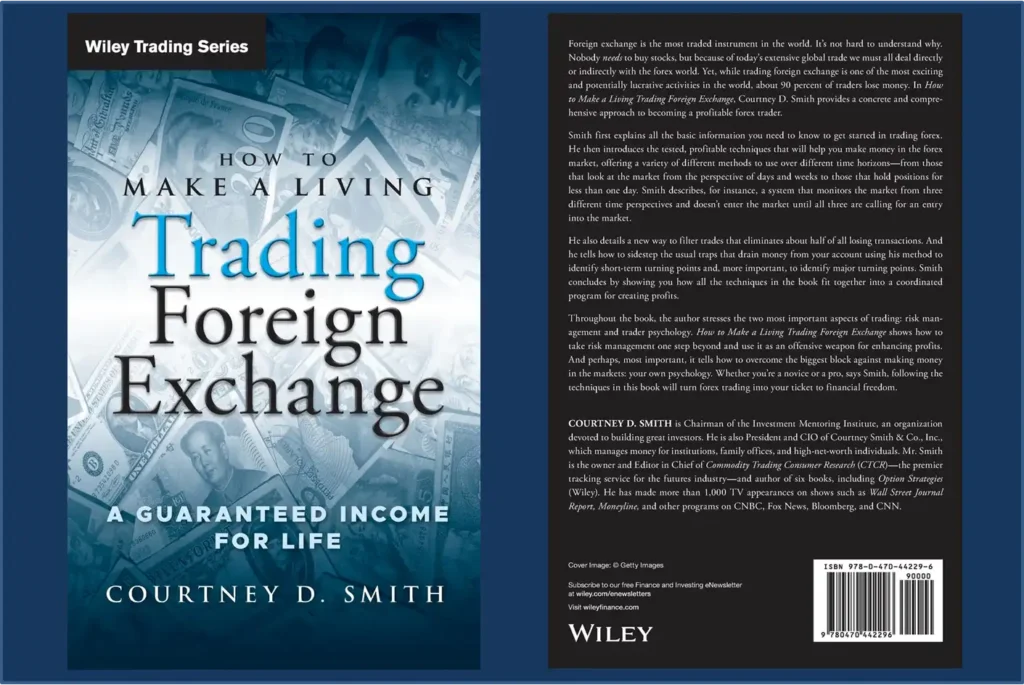
"How To Make a Living Trading Foreign Exchange" is typically listed as the best book for day trading and forex. It's presented in a straightforward, easy-to-read way and is perfect for beginners and part-time traders.
Smith instructs smart ways to trade forex profitably while managing risk and maintaining profits. This book covers proven techniques like breakout trading and his proprietary "rejection rule," which improves trade performance.
Some readers may find that the strategies require a level of discipline and screen time that doesn’t suit those looking for more passive income methods. It's best for traders willing to commit to active involvement.
"How to Day Trade for a Living"
- By Andrew Aziz -
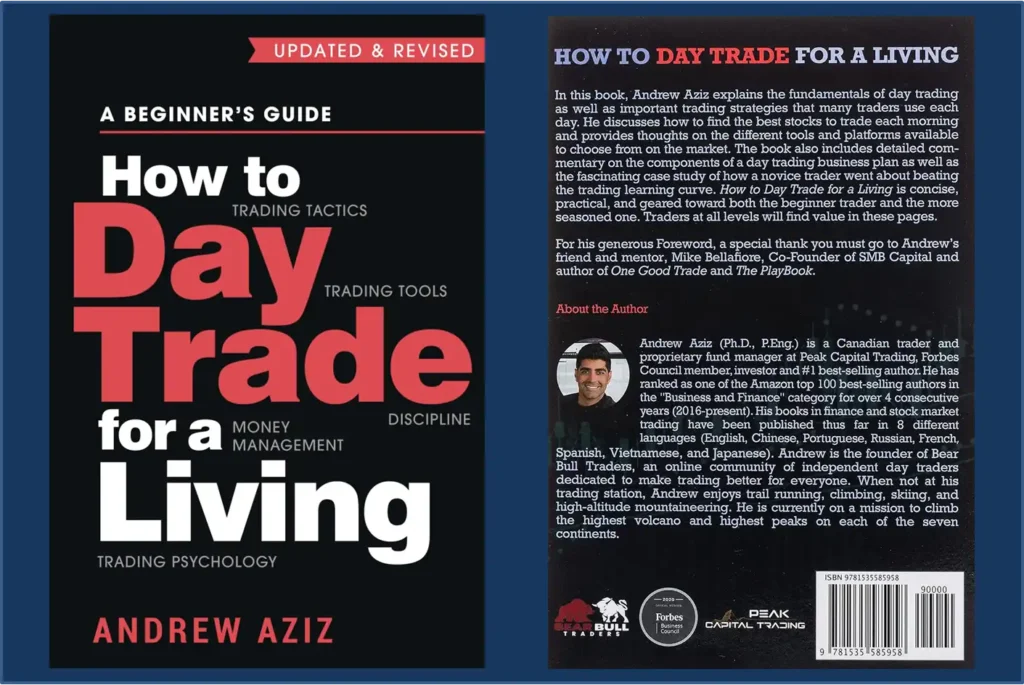
"How to Day Trade for a Living" is a top book FX for beginners and intermediate traders looking to day trade for income. Aziz simplifies the overwhelming process of trading into something simple and approachable.
You will learn about key concepts like market structure, chart patterns, and technical indicators. What makes this book special is the merging of theory and real-trading experience. He also shares both his failures and successes, offering tips that you can implement immediately.
That said, day trading is still a fast-paced environment, and some readers may feel the book underplays the psychological and financial strain of making quick decisions. Those with low risk tolerance or limited time should approach with caution.
"Market Wizards: Interviews with Top Traders"
- By Jack D. Schwager -
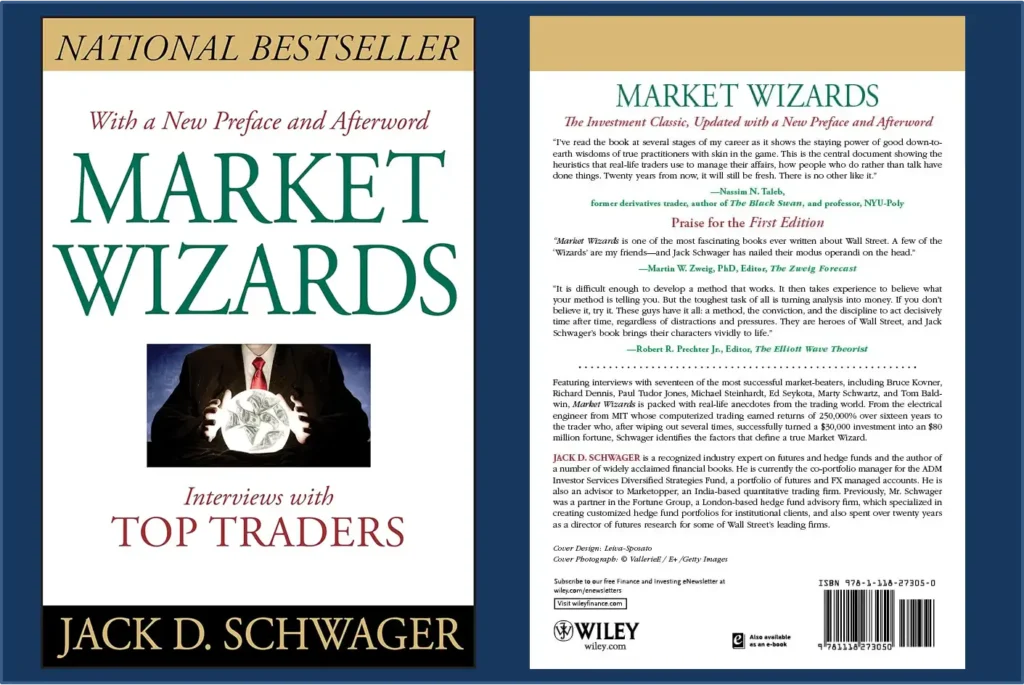
"Market Wizards: Interviews with Top Traders" is a classic in the world of best forex books and trading literature. Instead of offering a single author’s strategy, this book compiles interviews with some of the most successful traders in history.
You’ll learn how top traders navigated market ups and downs, managed risk, and developed their trading styles. The traders featured come from various backgrounds (such as forex, stocks, and futures). Thus, this book provides a wide perspective on what it takes to succeed.
Still, this book is more inspirational than instructional. If you're looking for step-by-step guidance or tactical trading strategies, it may not be the most practical resource. Ideal for those who enjoy learning through stories rather than rigid frameworks.
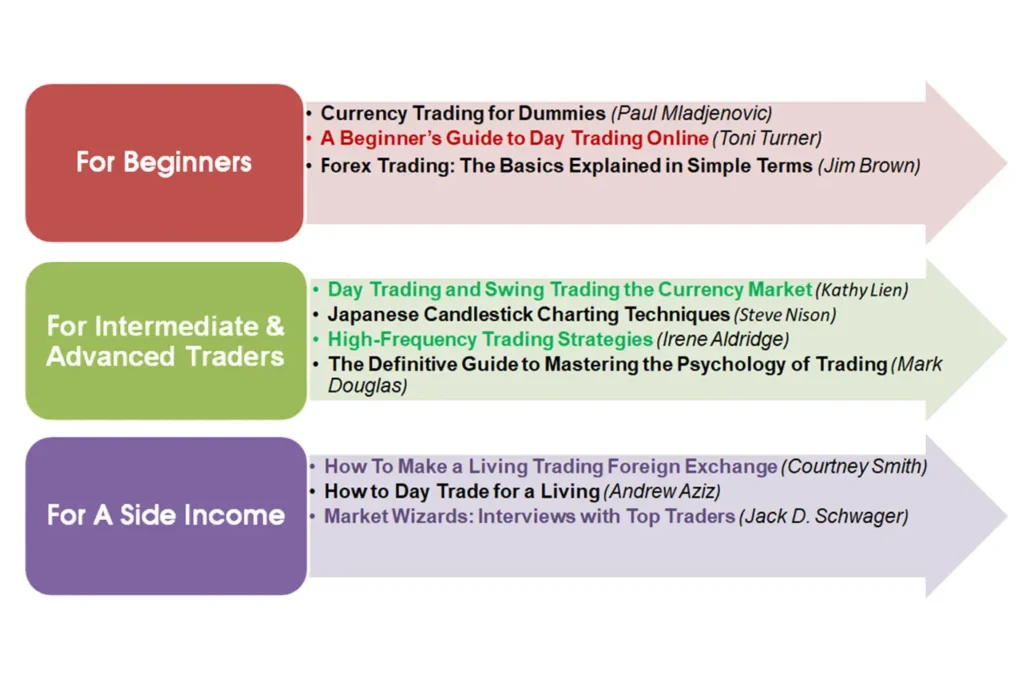
5. Free download top 10 forex trading books PDF
You can save or print the pdf on forex below for free for convenient use.
Link download Book Forex free: 10 Top Currency Trading Books
6. Frequently asked questions
6.1. What is the best book for day trading?
If you're just getting started, "How to Day Trade for a Living" by Andrew Aziz is one of the most recommended books. It explains day trading concepts in a simple, approachable way and offers actionable advice for beginners. For more advanced traders, "High-Frequency Trading" by Irene Aldridge dives deep into algorithmic strategies.
6.2. Which is the best book for forex trading?
For beginners, "Currency Trading for Dummies" by Brian Dolan and Kathleen Brooks is a top choice. It simplifies complex forex concepts and builds a strong foundation. If you're looking for something more advanced, "Day Trading and Swing Trading the Currency Market" by Kathy Lien offers both technical and fundamental strategies backed by real-world experience.
6.3. Are trading books still relevant in the era of online courses and YouTube?
Yes, absolutely. While online content is helpful for quick tips and updates, books provide structured, in-depth learning that’s often curated and peer-reviewed. Books also tend to go deeper into theory, strategy, and psychology — elements crucial for long-term trading success.
6.4. Can reading trading books alone make you a successful trader?
Books are a great foundation, but experience is just as important as knowledge. You’ll need to apply what you learn in practice, keep a trading journal, reflect on your mistakes, and adapt. Many successful traders combine book knowledge with hands-on practice and mentorship.
7. Conclusion
After years of market experience and self-learning through books, I’ve realized that choosing the right materials not only helps you learn faster but also minimizes many costly mistakes. The books included in the best book for day trading and forex list are not just theoretical — they are the distilled insights from the real-world experiences of top traders.
If you’re truly serious about your trading journey, start with a solid foundation and keep sharpening your skills through each phase. At H2T Finance, my team and I have built a dedicated Forex Strategies section to help you explore practical, effective, and easy-to-apply trading methods. Let knowledge guide your way, and turn it into a real advantage in this ever-changing market.
